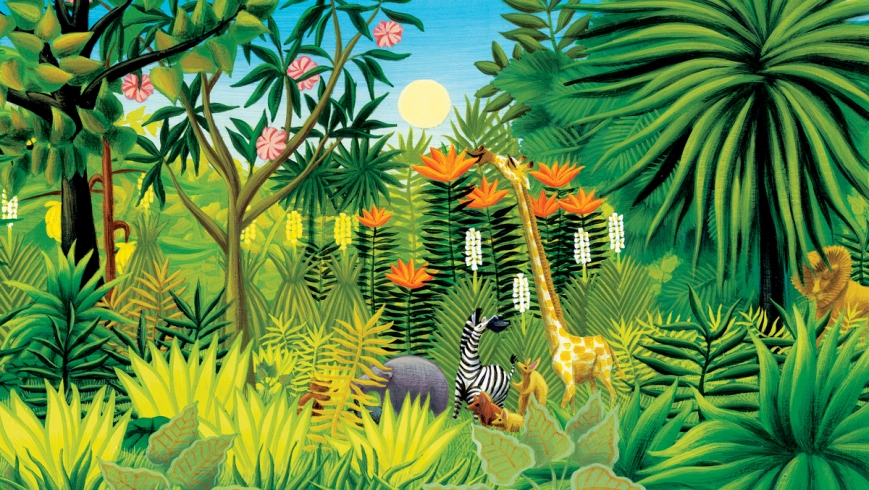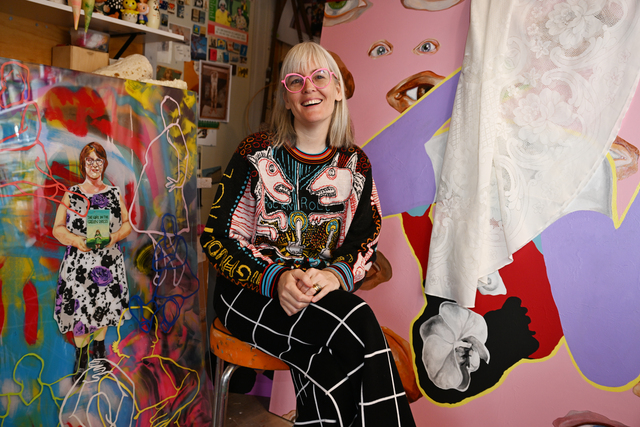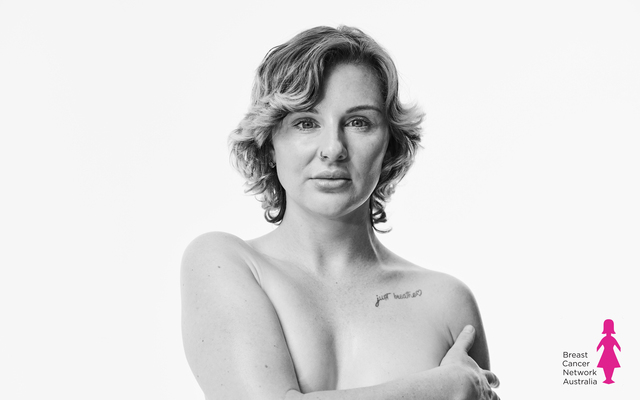DreamWorks Animation has been responsible for some of the most recognisable characters to appear in cinemas and on lunch boxes around the world. This is the studio that released Shrek, The Croods, How To Train Your Dragon and Kung Fu Panda – very different films, set in very different worlds.
This diversity is an important part of the studio’s approach. Anyone who’s seen a Disney movie knows there is a particular style to their animation, a look that tells the viewer they’re partaking of a very specific pantheon. With DreamWorks Animation, which started in 1994, there is no house style, no single aesthetic when it comes to telling a story.
PICTURE GALLERY: Click or swipe through the carousel above for a picture gallery
Chief creative officer Bill Damaschke, who started at the studio as a production assistant in 1995 and rose to his current position in 2011, explains that this was very much a conscious decision.
“It has a little bit to do with the way the studio was founded. It was many different people coming from many different places and many different cultures around the world, all coming here to make films together,” he says.
“It’s part of our culture to really let the artists surprise us and surprise themselves, and by not having a specific way that our films look, it really encourages people to innovate and be creative.”
Immersion into that creative process is part of the experience DreamWorks is planning for its 20th anniversary celebrations. Australians used to agonising about film-release delays will be pleased to learn the studio’s first retrospective is having its world premiere at the Australian Centre for the Moving Image.
Damaschke says he was inspired by the calibre of exhibits he had seen on past visits to ACMI. “It seemed the anniversary would be a good moment to look back on the evolution of the studio and the very many types of characters and stories we had told,” he says.
“Sometimes you need someone from the outside to tell you the truth about yourself. [ACMI] had a really amazing point of view about the collaborative process … and the people that create the character and the story and the world.”
ACMI curator Sarah Tutton says the exhibition is about creating an environment that celebrates the ethos of the studio while letting audiences find their favourite characters and lose themselves in their favourite worlds.
“We’re keen to show the different ways the stories happen, and also give an insight into that sort of magic moment when the filmmakers decided that this is the story, or this is the scene that makes the story hang together,” she says.
To this end, the exhibition will be very much a case of function informing form, of articulating the processes that transform an idea or a sketch into something that lives and breathes on screen. It’s not just going to be production paintings on walls – there will be more than 300 traditional and digital artworks used in interactive exhibits, and interviews from 22 artists woven throughout the gallery.
“Artists might have a particular style or aesthetic … the studio allows that style to develop over time and then match those artists with the films they will work best with. No one is forced into a particular look,” Tutton says.
“The exhibition is more like a group show in a way, which I think is really lovely, and one of the things that Bill Damaschke was really keen on was wanting to honour the artists that worked in the studio and to give them a voice.”
Last year, The New York Times called Damaschke “one of the film industry’s most important executives”.
While he says that 2001’s Shrek was DreamWorks Animation’s “lightning rod” moment, the film that established a sense of storytelling and irreverent humour that has gone on to define the studio’s identity ever since, Damaschke is known for encouraging the addition of a heartfelt, character-driven sensibility to a landscape previously dominated by pop-culture references and celebrity voices.
He laughs when this is brought up, and typically tries to deflect praise by reiterating how lucky he feels to be working with the filmmakers at the studio.
“I guess I just come at it more from an emotions standpoint than a plot standpoint,” Damaschke says. “I love going to movies, I love being in the audience, and I try to imagine how I’d feel if I were in the audience right now; is it what I intended everyone to feel about the character?”
While DreamWorks Animation has changed substantially over the past two decades, from traditional to computer animation and dabbling in other pursuits, Damaschke insists its focus remains the same.
“We’ve gone from being a movie studio primarily to being an entertainment studio, a very diverse one. That’s all happened in a very short amount of time,” he says. “But what’s always been the same is the love of making things, of telling stories, of creating characters … that’s always been the thing we come back to.”
» DreamWorks Animation The Exhibition, until October 5, 10am-5pm (until 9pm Thursdays) www.acmi.net.au







